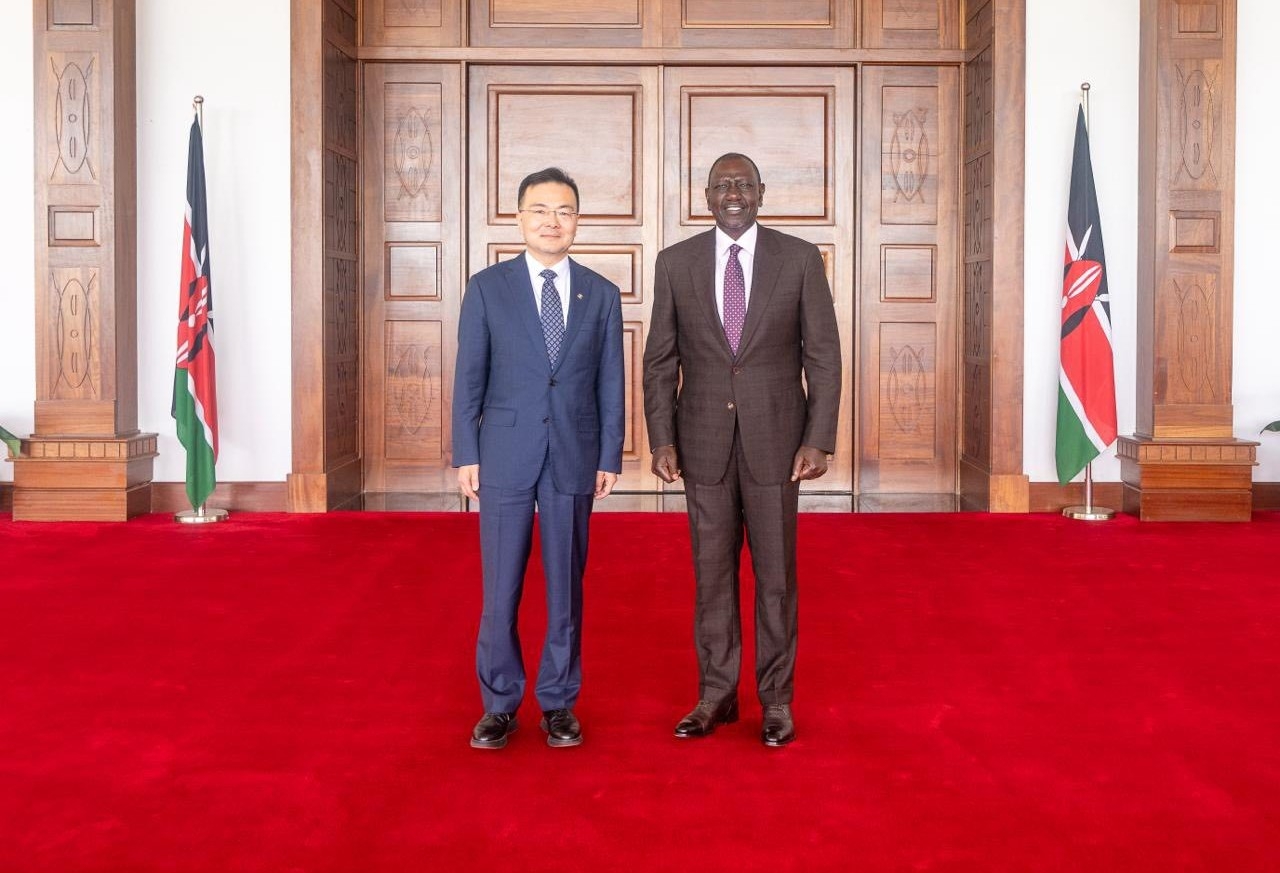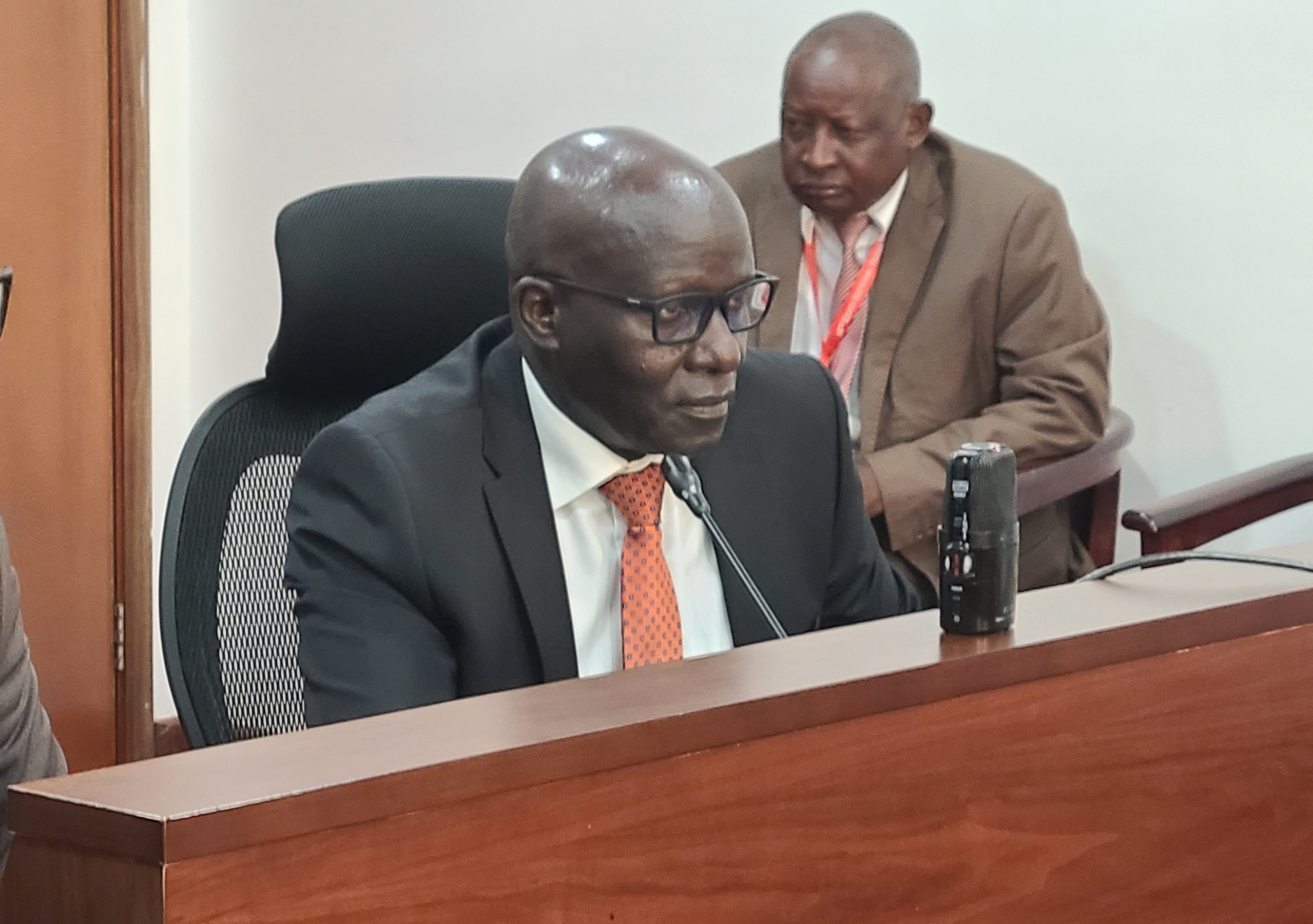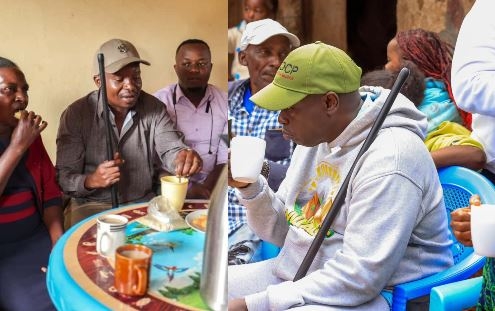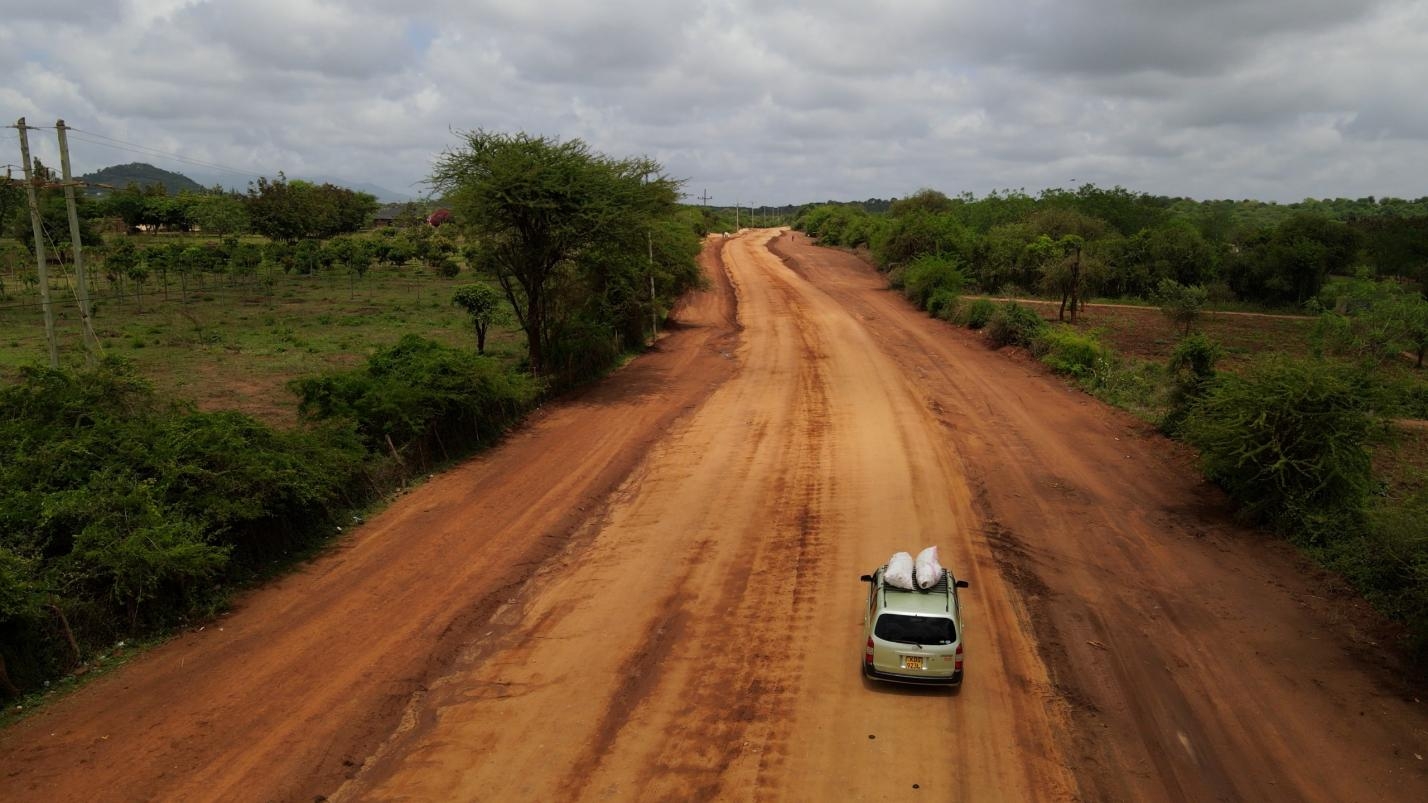Farmers in Solio ranch area, Nyeri county, have been drying vegetables like spinach and kales for use during the dry weather.
With the innovation, they are assured of having vegetable meals throughout the year.
The vegetables are harvested during the rainy season and then dried and stored.
Miriam Njagi, from village 2 in Solio, Tegethi ward, in Laikipia county, says they receive training.
The 20 women, who are members of the Gwataniro Numu self help group, are trained by the UN-Food and Agriculture Organization once a week.
She says that once you have harvested your vegetables, for example, pumpkin leaves, you dry it in the shade for two to three days.
“Once it has dried, you grind it until it is fine like flour. After that store in a clean container and you can use just a little to put in your kienyeji food (mukimo)."
The same process is done for spinach or kales. This ensures proper nutrition for the families because they get to have vegetables in their meals even during the dry period, which is common in the area.
They also sell the packaged dried vegetables locally, with women and children as their main target. A half kilo sells at Sh50 while a kilo goes for Sh100.
“We also dry stinging nettle which is nutritious and can be added to kids' porridge. It is also good for the elderly people and we are the first consumers of the dried products since many of us are old,” Njagi says.
“Since we started drying our vegetables, our health has improved because we eat a balanced diet most of the time unlike before when we only consumed vegetables during the rainy season,” Gladys Gathigia says.
Agneta Makutwa, Laikipia county FAO project officer, said they supported farmers through the Women Economic Empowerment Climate Smart Agriculture.
The four-year project was funded by KOICA-Kenya and was implemented by FAO, UN-Women and Hand in Hand in collaboration with Laikipia, West Pokot and Kitui counties.
When the programme started in 2021 there was drought in many parts of the country, and people were in dire need of relief food.
“We did not have food so we decided to provide them with vegetable seeds and started training them on how to have kitchen gardens. In addition on how to utilise storage with different technologies, harvest water and how they could recycle the water they use at their homes,” Makutwa says.
“Once the women were able to grow their own vegetables, the demand for vegetables started increasing. People in the villages started to recognise that they were using more kale and spinach, yet there are other traditional vegetables like the pumpkin leaves and stinging nettle which are more nutritious.”
“Production of vegetables is low in Laikipia county and we depend on other counties like Meru. Through the project, we have been able to support more farmers in growing vegetables,” said Makutwa.
She said the county is not doing well according to reports on malnutrition, hence the need to try to bridge that gap by availing water and using various technologies.
According to a SMART survey conducted in Laikipia county in 2022, Global Acute Malnutrition was at 13.9, Moderate Acute Malnutrition at 11.8 and Severe Acute Malnutrition at 2.1 per cent.
The survey was carried out to determine the prevalence of acute and chronic malnutrition amongst children aged six to 59 months.
The World Vegetable Centre shows that the levels of vegetable consumption in sub-Saharan Africa are the lowest of any region in the world.
“Closing this 'vegetable gap' through increasing production and marketing of vegetables will not only improve nutrition, but will also provide an opportunity to create jobs and income for producers and other actors in the whole vegetable value chain,” the World Vegetable Centre says.
The Global Alliance for Improved Nutrition indicates that about 95 per cent of Kenyans do not consume the recommended five daily servings of fruit and vegetables.
Additional, vegetable consumption in Kenya is lowest among urban dwellers, men, young adults (15-45 years), those with higher education and large households.

















